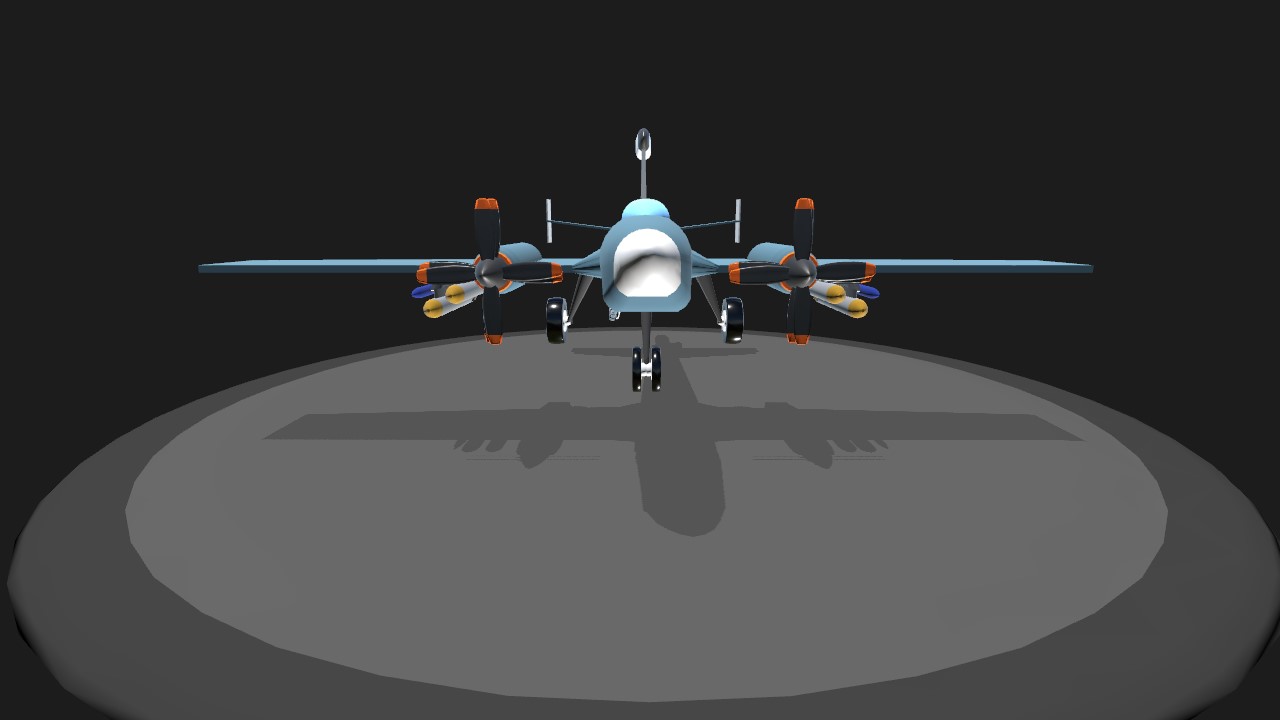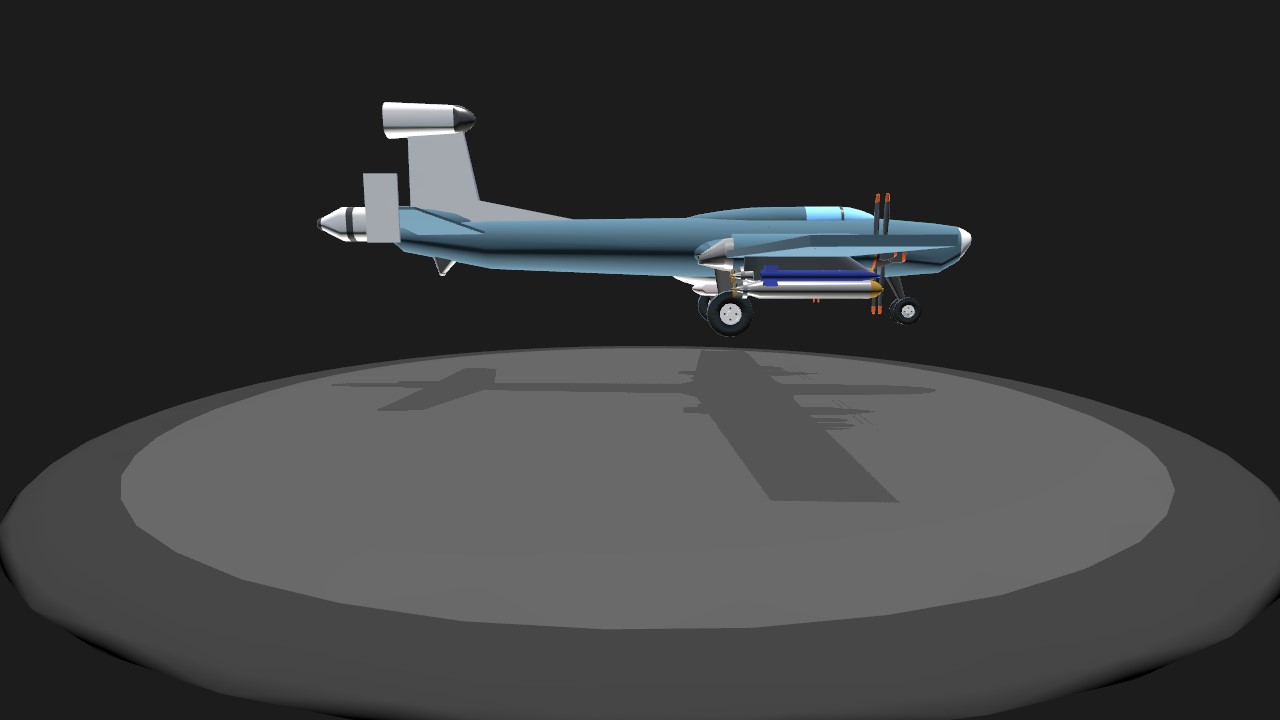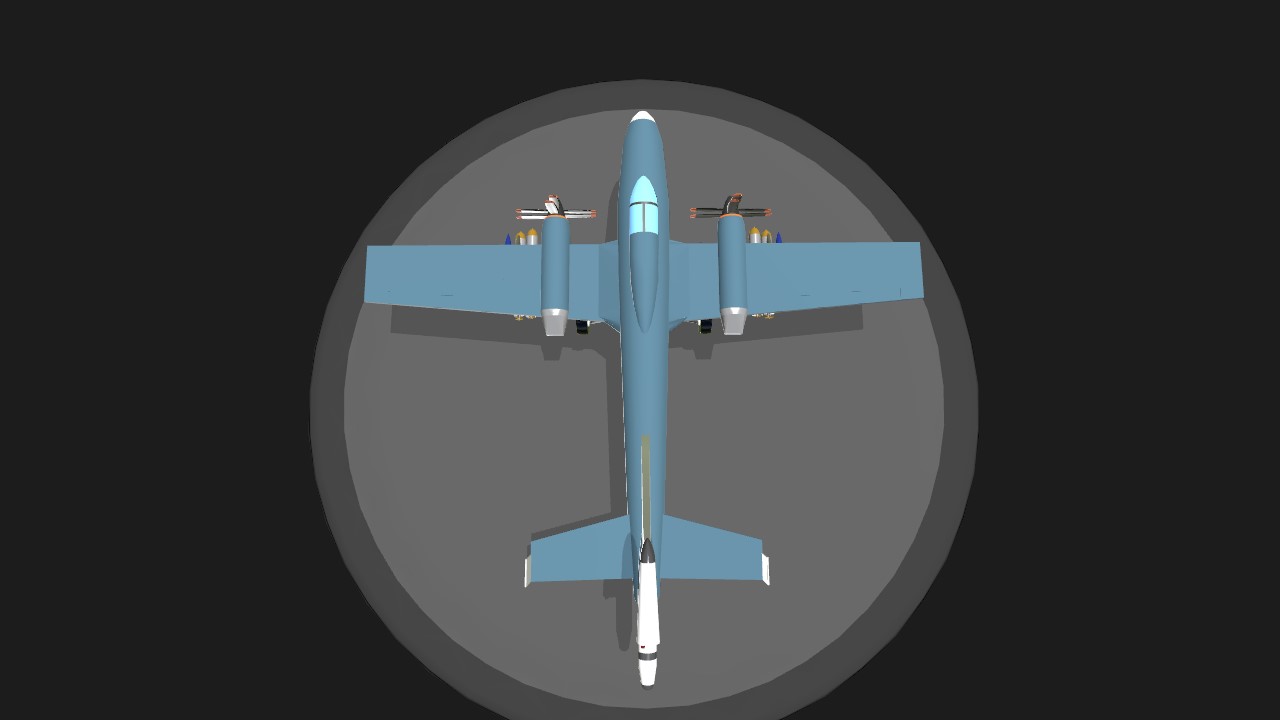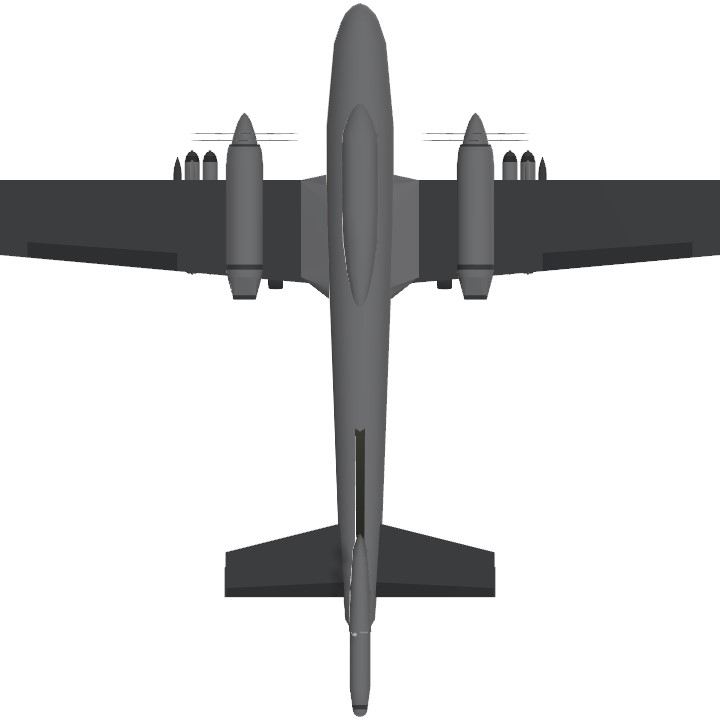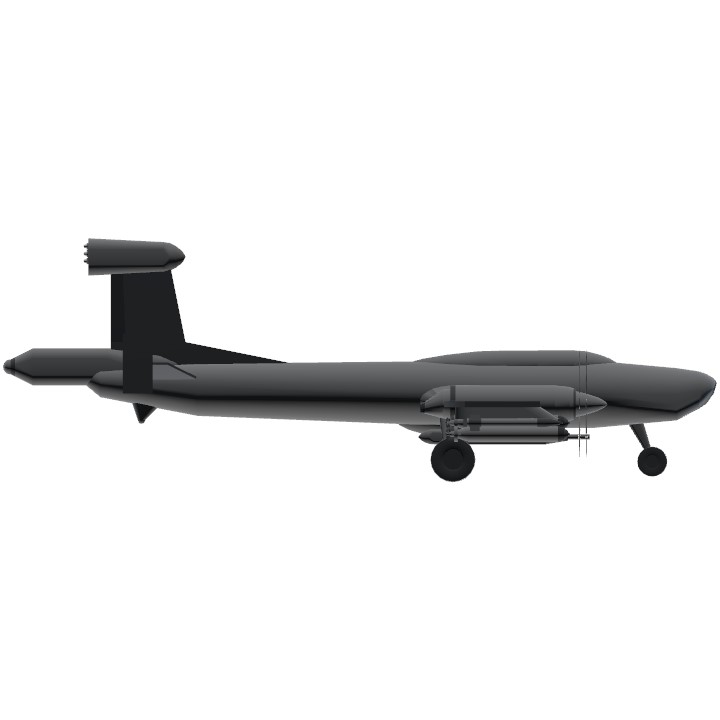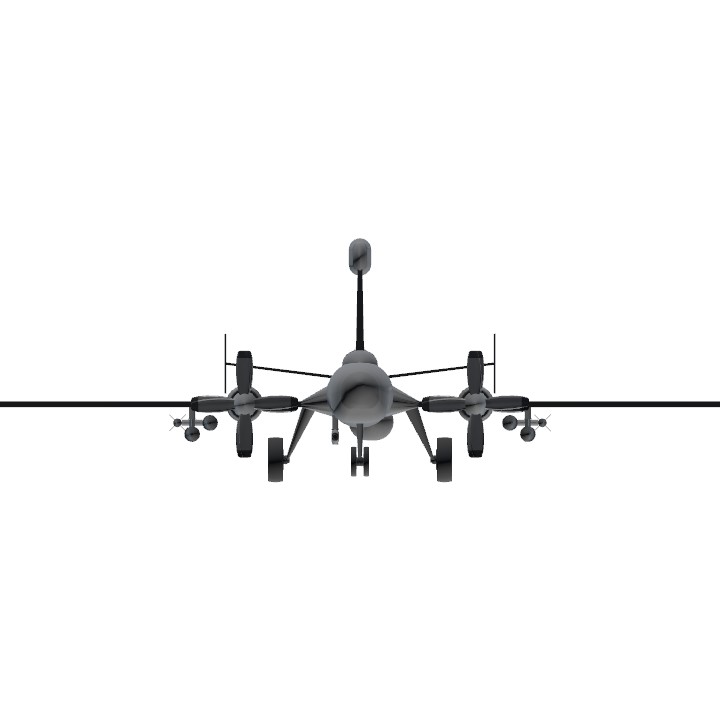--Fictional History--
In 1943, United States Airforce needed a replacement for the Consolidated PB4Y Privateer, after a number of proposals the Aero Systems Fmb.162 was chosen. The Fmb.162 being light, easily manufactured medium bomber meant for export, so this design was chosen as it was already a developed and proven airframe that was affordable to modify on a mass scale. The Prototypes V-1 through V-3 were Fmb.162 B-8 airframes modified with weights to simulate the added weight and CoM shifts of the Radar equipment. the V-4 prototype was drastically different. it had a shortened wingspan, with an Air-to-Ground Search Radar on the belly (slightly of centre to accommodate the Main pylon.) and an Anti-Submarine SONAR in the back in place of the rear gunner. since there was no turrets on this model, the airframe was lightened for increased speed and maneuverability, and a single AN/M2 20mm Cannon was permenantly fixed to the centre pylon for Defense. The war came to a close as there wasn't much of a need to continue the project. The Project was continued as a private venture until tensions started to rise once more in 1947, and was once again funded, with the name Changed from the Original designation of Fmb.162 XE-1, to MPa.162 V-4. and its Aero PR-108 Radial engines with two Aero TTP-48B Twin Turboprop engines which can rapidly accelerate the aircraft up to ~570 kmh. Despite it being ready and combat capable by 1949, it was never fully introduced until 1952 under the Designation MPb.162 in Korea, and was still in service as a recon/Electronic Warfare aircraft until 1977, when the last airframe was retired from official service, but 10 MPb.162 B-4/Rs are in service with USCG, and 12 MPb.162 D-2s in service with the UK as SAR aircraft due to their long range and excellent range on its search radars and ability to serve as an aerial command centre.
Specifications
General Characteristics
- Predecessor Maritime Patrol Challenge (Closed)
- Created On Windows
- Wingspan 39.5ft (12.0m)
- Length 39.1ft (11.9m)
- Height 13.3ft (4.1m)
- Empty Weight 5,438lbs (2,466kg)
- Loaded Weight 13,917lbs (6,312kg)
Performance
- Horse Power/Weight Ratio 0.718
- Wing Loading 52.6lbs/ft2 (256.8kg/m2)
- Wing Area 264.6ft2 (24.6m2)
- Drag Points 4776
Parts
- Number of Parts 91
- Control Surfaces 5
- Performance Cost 520

